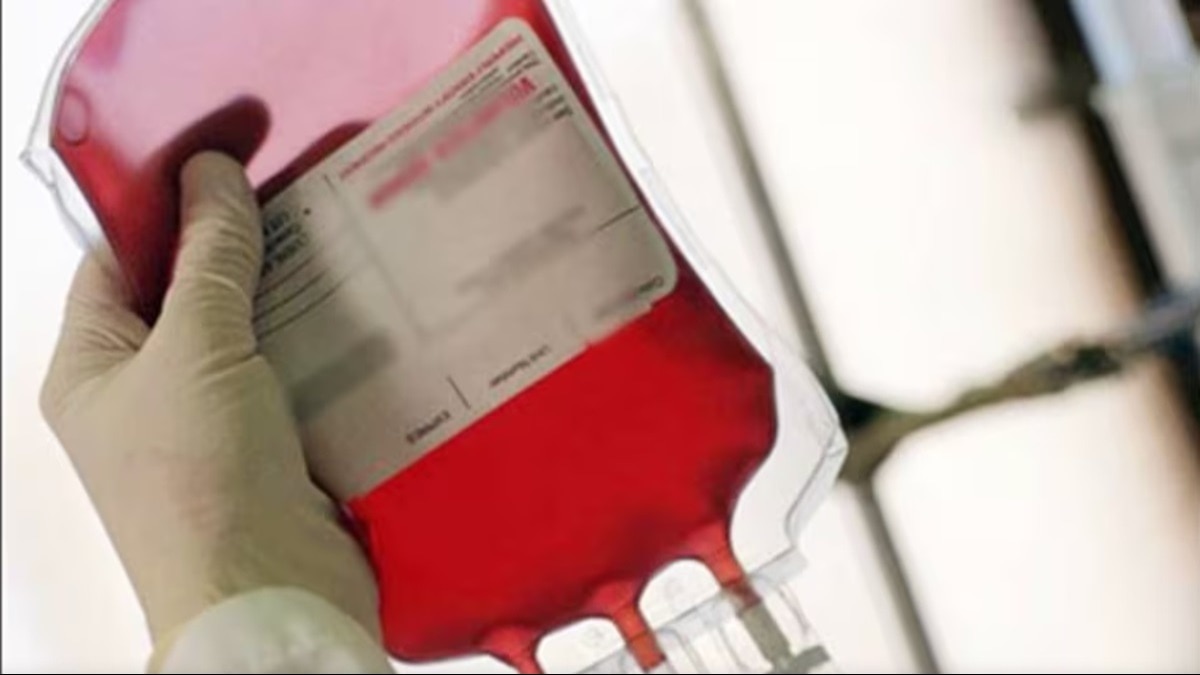The UK is about to receive a long-awaited final report on the infected blood scandal. This incident, which stands as the deadliest to affect the National Health Service (NHS) since its inception in 1948, resulted in the deaths of over 3,000 people and the infection of 30,000 others with HIV and hepatitis.
These infections were caused by contaminated blood transfusions administered in the 1970s and 1980s. The report follows nearly six years of investigation.
Here’s what we know
How it started
In the 1970s and 1980s, many people needing blood transfusions were exposed to contaminated blood tainted with hepatitis and HIV. Haemophiliacs, who needed treatment to help blood clotting, were particularly affected by a new treatment called Factor VIII. The UK’s NHS started using Factor VIII in the early 1970s, believing it to be a groundbreaking treatment, but it later led to widespread infections.
Factor VIII was produced by combining plasma from thousands of donations, meaning that if even one donor was infected, the entire batch could be compromised. As demand for Factor VIII grew, the UK had to import it from the US. However, a significant portion of the plasma used in the US came from high-risk donors, including prisoners and drug users, who were paid to donate blood. This significantly increased the risk of contamination.
The damning probe
The inquiry revealed that over 30,000 people were infected with diseases like hepatitis and HIV due to contaminated blood products involving Factor VIII. Later in the mid-1970s, it became clear that haemophiliacs treated with Factor VIII were more likely to get hepatitis. The World Health Organization (WHO) had warned in 1953 about the risks of mixing plasma products and advised countries not to import plasma.
In the early 1980s, people with haemophilia and those who received blood transfusions started to get AIDS. AIDS was first identified in the early 1980s, mainly among gay men. Even though HIV was not recognized as the cause of AIDS until 1983, warnings had been given to the UK government in the previous year that the virus could be spread through blood products. However, no action was taken, and the patients were not warned about the risks.
As a result, around 3,000 people lost their lives.
In the late 1980s, victims and their families sought compensation, claiming medical negligence. A charity was set up to offer one-time support payments to those with HIV. However, victims could get the money only if they agreed to waive their right to sue the Department of Health. This waiver also barred them from seeking compensation for hepatitis, despite later diagnoses of hepatitis C.
Rishi Sunak says sorry
UK Prime Minister Rishi Sunak apologised to thousands of people infected with contaminated blood in the decades-long scandal. “I am truly sorry,” Sunak told the House of Commons, calling the findings of the long-awaited report “a day of shame for the British state”.
“Time and again people in positions of power and trust had the chance to stop the transmission of those infections and failed to do so”, he added, promising “whatever it costs” to compensate victims. The total figure is expected to be above 10 billion pounds ($12 billion).

Ananya Das is your guide to the latest trends, viral sensations, and internet phenomena. Based on a keen understanding of digital culture, Sophie navigates the ever-evolving landscape of trending topics. With an insightful and engaging approach, she explores what’s buzzing across social media platforms, ensuring readers stay in the loop with the most talked-about and shareable content online.


